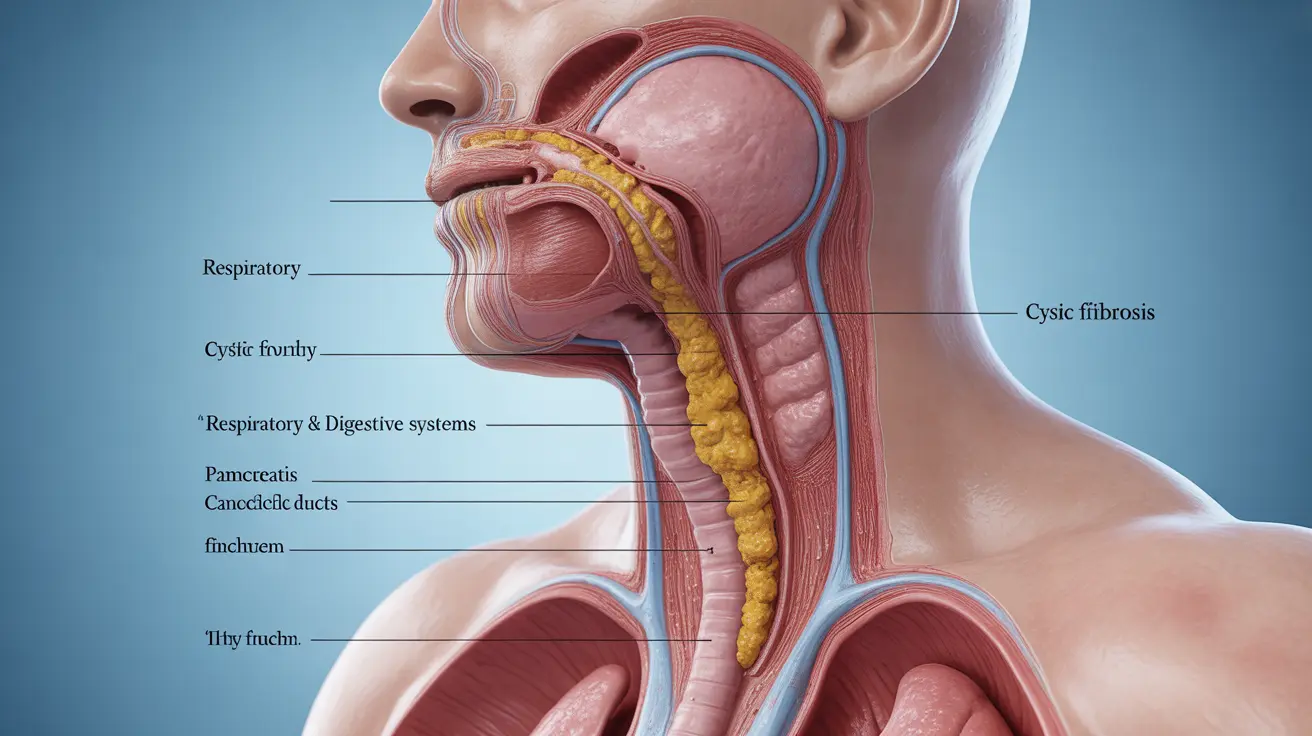Carb cycling macros have become increasingly popular among fitness enthusiasts and athletes seeking to optimize their performance and body composition. This strategic approach to nutrition involves intentionally varying your carbohydrate intake throughout the week, while carefully managing protein and fat ratios to support your specific fitness goals.
Understanding how to properly implement carb cycling macros can be the key to breaking through plateaus, improving athletic performance, and achieving better body composition results. Let's explore the science behind this nutritional strategy and learn how to make it work for you.
Understanding the Basics of Carb Cycling
Carb cycling is a dietary approach that alternates between high-carb and low-carb days, strategically timing carbohydrate intake to maximize their benefits. This method helps optimize both performance and recovery while potentially enhancing fat loss and muscle preservation.
High-Carb Days
High-carb days typically coincide with intense training sessions or heavy workout days. During these periods, increased carbohydrate intake helps:
- Fuel intense workouts
- Replenish glycogen stores
- Support muscle recovery
- Maintain anabolic hormones
Low-Carb Days
Low-carb days usually fall on rest days or days with lighter activity. These days focus on:
- Improving insulin sensitivity
- Promoting fat oxidation
- Maintaining metabolic flexibility
- Supporting fat loss goals
Calculating Your Personal Carb Cycling Macros
To determine your optimal carb cycling macros, start by calculating your maintenance calories and then adjust based on your specific goals and activity level.
Base Macro Guidelines
- Protein: Maintain consistent levels (1.6-2.2g per kg of body weight)
- Carbohydrates: Vary between 0.5-3g per kg on low days and 2-5g per kg on high days
- Fats: Adjust inversely to carbohydrates while maintaining minimum essential levels
Implementation Strategies for Success
Weekly Structure
A typical carb cycling schedule might include:
- 2-3 high-carb days (training days)
- 3-4 low-carb days (rest or light activity days)
- 1 moderate-carb day (optional transition day)
Meal Timing
Optimize your results by strategically timing your carbohydrate intake around your workouts and activity levels. Focus on consuming the majority of your carbs in the pre- and post-workout windows on high-carb days.
Nutrient Quality and Food Selection
Success with carb cycling isn't just about numbers—food quality matters significantly. Focus on:
- Complex carbohydrates from whole food sources
- Lean protein sources
- Healthy fats
- Plenty of vegetables and fiber-rich foods
Frequently Asked Questions
What are the benefits of carb cycling for athletes looking to improve performance and body composition?
Carb cycling can enhance athletic performance by providing adequate fuel for intense workouts while promoting fat loss during recovery periods. This approach helps maintain muscle mass, improve insulin sensitivity, and optimize body composition through strategic nutrient timing.
How do I determine the right carb cycling macros for my specific fitness goals and body type?
Calculate your maintenance calories first, then adjust your macros based on activity level and goals. Typically, start with 1.8g protein per kg body weight, vary carbs between 0.5-5g per kg based on training days, and fill the remaining calories with healthy fats. Monitor progress and adjust accordingly.
What are some effective ways to plan and track a carb cycling diet to achieve weight loss or muscle gain?
Use a food tracking app to monitor daily intake, plan meals in advance, and prepare food in batches. Track your body measurements, weight, and performance metrics weekly to ensure your approach is working. Adjust your macros based on these results every 2-4 weeks.
Is carb cycling safe and effective for individuals who are not athletes or regular exercisers?
While carb cycling can be safe for non-athletes, it requires careful planning and may be unnecessarily complex for those not engaged in regular intense exercise. More moderate approaches to nutrition might be more appropriate for general health and weight management goals.
How can I ensure I'm getting enough nutrients while following a carb cycling diet, especially on low-carb days?
Focus on nutrient-dense foods, including plenty of vegetables, lean proteins, and healthy fats. Consider taking a multivitamin, and ensure adequate fiber intake through low-carb vegetables and supplements if needed. Stay well-hydrated and monitor your energy levels and recovery.




